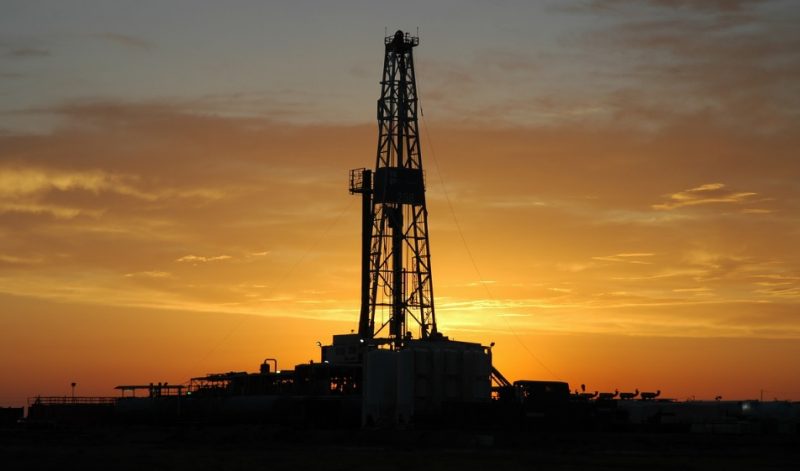
Global energy transition is creating uncertainty for an estimated $14 trillion worth of oil and gas assets that have long depended on an indefinite rise in demand to offset risks despite a pandemic boost this year, consultancy Wood Mackenzie said on Thursday.
As the world recovers from the COVID-19 pandemic, oil and gas demand is set to go beyond the record 160 million barrels of oil equivalent per day reached in 2019, it said in a report.
“After six years of weaker prices, upstream is fitter and leaner than ever,” Woodmac said, adding that the sector will generate as much cash flow this year at $60 per barrel as it did at $100 prior to the 2014 price crash.
While the industry has enjoyed a century of near continuous demand growth, it now finds itself having to supply oil and gas to a world in which future demand and price are highly uncertain, Wood Mackenzie vice president Fraser McKay said.
“The range of possible outcomes is dizzying.”
A gradual energy transition would see oil demand staying above 90 million barrels per day to 2050, encouraging investment in costlier supplies and supporting prices at just above $80 a barrel by 2030, Woodmac said.
However, if the world decides to limit global warming to 2°C by 2050, oil demand would peak before 2025 and fall towards 35 million bpd by 2050, 70% below peak levels. Brent would average $40 a barrel by 2030 and decline after that.
In both scenarios, gas demand and prices would remain resilient, supported by coal displacement in Asia, Woodmac said, adding this would draw more investments toward gas production rather than oil.
The first scenario would keep liquefied natural gas (LNG) prices at $8 to $9 per million British thermal units (mmBtu) through 2040 and beyond, while in the second, LNG prices remain robust at $7 to $8 per mmBtu, before starting to fall post 2040.
Despite stark warnings from the International Energy Agency on Tuesday to halt funding for oil, gas and coal supply projects if the world wants to reach net zero emissions by 2050, Woodmac’s McKay said: “The world will still need oil and gas supply for decades to come, and the scale of the industry will remain enormous.”